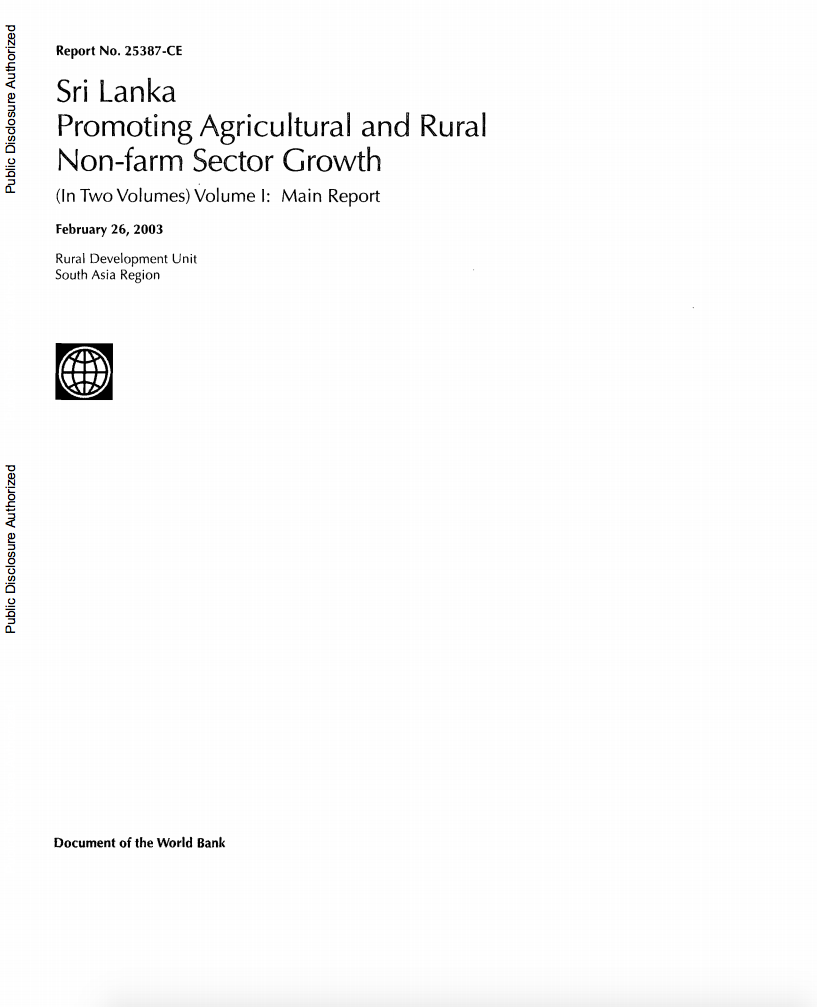Can Local Institutions Reduce Poverty? Rural Decentralization in Burkina Faso
The authors present evidence that in
Burkina Faso, certain high-performing local institutions
contribute to equitable economic development. They link
reduced levels of poverty, and inequality to a high degree
of internal village organization. The structure of these
high-performing local organizations means they can exist in
a number of African countries, because they depend more on
internal participation, rather than on nay one


